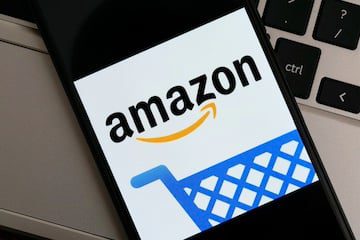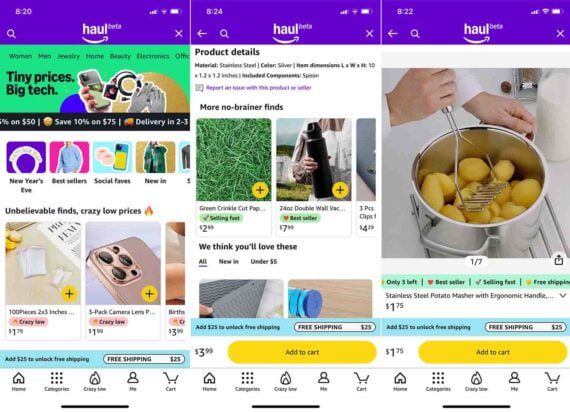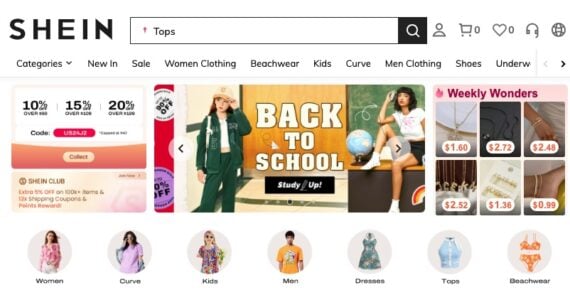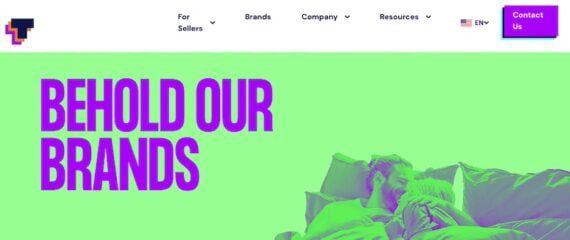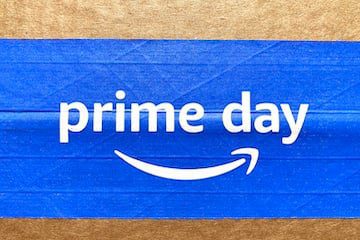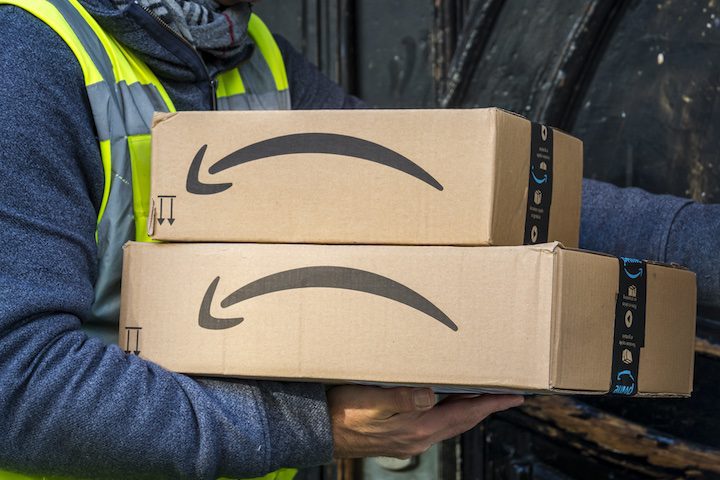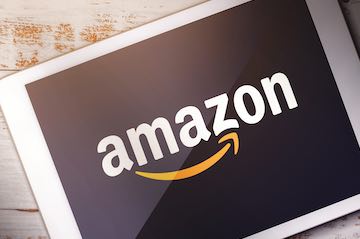Sell on Amazon without GTINs or UPCs
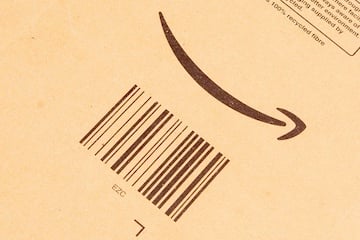
Amazon’s marketplace requires some form of a product identifier for nearly every category. Whether it’s baby toys or industrial bolts, sellers need a Universal Product Code (UPC) or, similarly, a Global Trade Item Number (GTIN).
Yet some items have no such identifier and require an “exemption” from Amazon.
GTIN
GS1, a global standards organization, developed the GTIN to identify products. The identifier encompasses several worldwide formats, including the familiar UPC (GTIN-12) in the United States and Canada. In Europe, merchants use the European Article Number (EAN), technically GTIN-13.
The GTIN standards identify any trade item (product or service) priced, ordered, or invoiced. Hence GTINs help Amazon and the merchants selling in its marketplace keep track of inventory and manage orders.
| Term | Stands For | Digits | Region |
|---|---|---|---|
| GTIN | Global Trade Item Number | 8, 12, 13, or 14 | Global |
| UPC | Universal Product Code | 12 | U.S., Canada |
| EAN | European Article Number | 13 (usually) or 8 | Europe |
Identifying Products
For resellers offering products from prominent consumer brands, listing a product on Amazon is as simple as looking up the GTIN or copying the UPC number from the item’s barcode.
There are, however, many products that don’t have an obvious barcode or identifier. Here are some examples.
- Print-on-demand products. T-shirts are perhaps the best example. Services such as Printful and Gooten are excellent sources of quality shirts with crisp printing, but they don’t have UPCs.
- Private label items. Some small brands, including in-house manufacturers, may not have a GTIN.
- Handmade merchandise. Artisans creating anything from leather belts to home-sown bibs may not have UPCs.
- Parts or accessories. Replacement parts, components, and accessories may not come with individual GTINs. An example is a generic phone case.
- Bundled or items in a multipack. Most major brands have a GTIN-14 or similar for multipack, but some smaller companies with bundled products do not, despite Amazon’s guidelines.
For those and other numberless products, Amazon marketplace sellers have two options: obtain a GTIN or get an exemption from Amazon.
GTIN Exemption
Amazon often awards exemptions for categories with private-label, handmade, or similar products.
The process is straightforward. Create a listing in Amazon Seller Central, select “I don’t have a product ID,” and click “Next.” An “Apply” button will appear for products requiring a GTIN exemption.
If the product category is restricted, the seller will need double approval: an authorization to sell and a separate GTIN exemption.
Brands with existing GTINs cannot apply for an exemption for other like-branded items.
Exemption approval typically requires excellent documentation, as follows.
- Clear photographs. Amazon wants detailed product and packaging photos, not illustrations or markups. These pictures should show the item and packaging from each side, but will not appear in product listings.
- No GTIN. There cannot be (i) any barcode or identifier on the item or package or (ii) a GTIN associated with the product. Amazon has an exhaustive list of registered GTINs and will check.
- Consistent branding. The brand name on the GTIN exemption form must exactly match the packaging and product. And the packaging must permanently show the brand name or logo.
- Proper category. Ensure the product category for the GTIN exemption is correct. An error will almost guarantee a rejection.
According to its support, Amazon usually approves or rejects an exemption request within two days. Merchants who have obtained an exception often recommend waiting an additional day afterward before building those product listings, allowing Amazon’s systems to reflect the status.
Amazon’s notification of denied GTIN exemptions may state why. For example, the product and packaging photographs might not demonstrate the absence of a GTIN or may belong to a brand requiring a UPC.
Sellers with denied exemptions can reapply after updating or clarifying the initial culprits.
Finally, if all else fails, a company can purchase a UPC for about $30, plus an annual fee.


